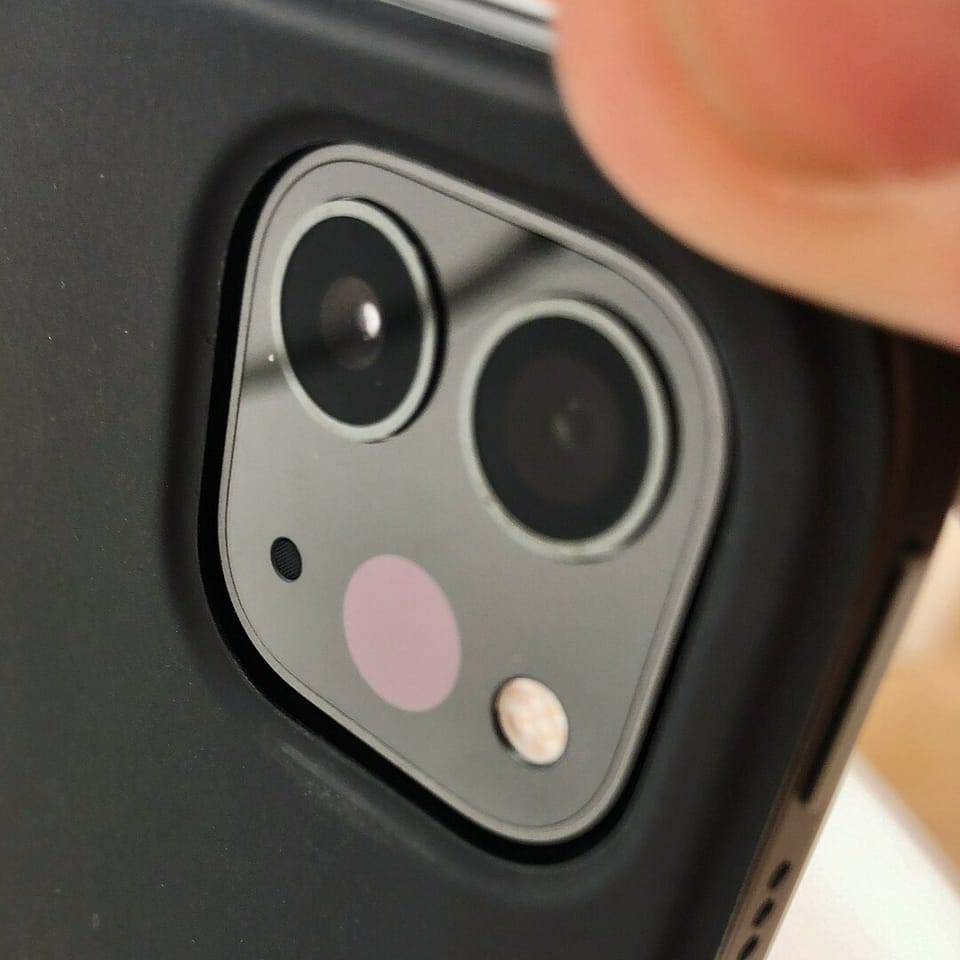2020 iPad Pro 12.9-inch review

Apple’s 2020 iPad Pro 12.9-inch is less a revolution than a refinement. The big changes came in 2018 when Apple rebooted the Pro line. That version was a huge leap forward for tabletkind — a laptop replacement that kept the best of a tablet while offering a different way to be productive.
When it comes to everyday tasks like browsing or writing on an iPad; there is little difference.
The 2020 update builds on that solid base. Most hardware changes are incremental. The real difference is how far iPadOS has come. Apple’s tablet operating system has matured into something better suited to mobile computing.
Everything that made the 2018 iPad Pro great is still here. The iPad Pro design remains one of Apple’s best: minimal bezels, squared edges, rounded corners. It feels so right it’s hard to imagine what a better design might look like.
Performance
Bionic chip
The new iPad Pro uses Apple’s A12Z Bionic processor. On paper it’s faster than the 2018 A12X. In practice the improvement is modest. There are still eight cores — four for performance, four for efficiency. For everyday tasks like browsing, writing or streaming, there’s little noticeable change.
Push it harder and you’ll see some gains. Graphics-heavy jobs like photo editing run a touch faster. Audio apps are smoother. High-performance tasks feel snappier, but the difference is incremental.
By today’s standards the 2020 iPad Pro is still fast. It outperforms a 2019 MacBook Air with Intel’s Core i3, though it’s no match for Apple’s high-end laptops.
Battery life
Battery performance is slightly down compared with the 2018 model. That one could run for 10–12 hours depending on workload. The 2020 version manages a little over nine hours of regular use. That’s still enough for a full day’s work, but not quite the marathon of its predecessor.
Heavy apps can drain the battery in six hours. For basic tablet use you’ll get through the day and beyond. My tests were limited to home use during the Covid-19 lockdown, so I couldn’t put it through travel conditions.
Cameras
Apple has put more effort into the cameras than the processor. The rear now carries two lenses and a LiDAR sensor.
For the last five years, phone upgrades have centred on beefed up cameras. This follows that path.
Main and ultra-wide
The main wide-angle camera is the same 12-megapixel unit as before. By tablet standards it’s good, though not on par with the iPhone 11. The new 10-megapixel ultra-wide lens is a first for iPad. It helps in low light and often works in tandem with the main camera.
Using a 12.9-inch tablet as a camera is awkward. It feels odd holding a magazine-sized device to shoot photos. The on-screen controls aren’t as natural as a phone. The wide lens makes close focusing tricky too — a small movement shifts the frame more than expected.
That said, the iPad camera has its uses. It’s fine for opportunistic snaps and excellent as a document scanner.
Front camera
On the front is a 7-megapixel camera for selfies and video calls. This is where the iPad Pro shines. Video quality is far better than on any MacBook or Windows laptop I’ve used. For remote work or video meetings it makes a huge difference — this alone could justify the price.
Camera placement is less ideal. The lens sits at the top when the iPad is in portrait mode. With a keyboard attached in landscape, the camera sits off to the side. Software helps by adjusting the image, but eye contact can still feel awkward. If you want to look people in the eye, you need to remember to stare at the lefthand edge of the display.
LiDAR sensor
The other new hardware is the LiDAR (light detection and ranging) sensor. At first glance it looks like a depth-sensing aid for photography. That may come in time, but Apple’s intent is augmented reality.
LiDAR is used by autonomous and semi-autonomous cars to map the immediate world around them. The iPad version of LiDAR can measure a room with surprising accuracy. The new iPadOS measuring app works up to about five metres — more than enough for indoors, less useful outside. You can also use it in AR games or apps, placing virtual objects in your living room.
It’s clever, but for now it’s more nice-to-have than essential. That could change if developers build compelling uses.
Verdict - 2020 12.9-inch iPad Pro
The 2020 iPad Pro 12.9-inch is an incremental update to a device that was already far ahead of its time. The design remains unmatched, performance is still excellent and iPadOS has matured.
The new cameras and LiDAR add interest, though for most people they aren’t reasons to upgrade from 2018. Battery life is slightly worse, but still strong.
If you’re using an older iPad or want a tablet that doubles as a serious work machine, the 2020 iPad Pro is an outstanding choice. But if you already own the 2018 model, you can safely wait.
Member discussion